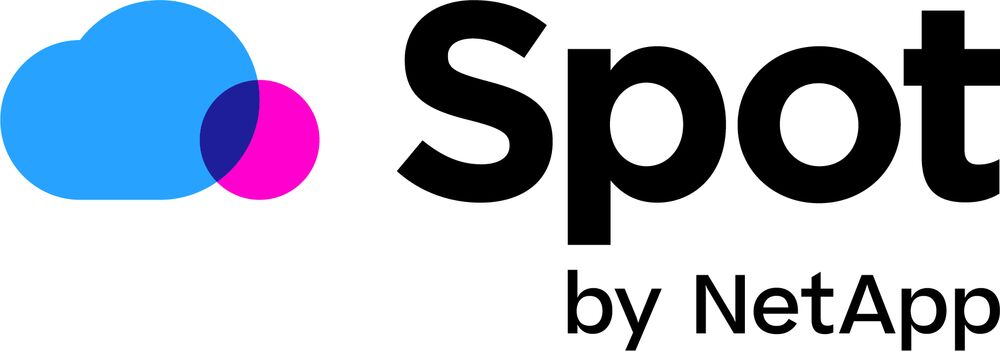NetApp
NetApp and ThunderCat Solutions: Simplified, Innovative Networks for Federal Agencies
- Big Data & Analytics
- Digital Transformation
- Cloud Innovation
- Virtualization
Why ThunderCat and NetApp
NetApp simplifies movement of mission-critical apps to the cloud. Migration of mission-critical applications can be a primary roadblock to cloud migration because these applications require an enterprise-scale architecture to handle their high availability and performance demands. Agencies may struggle to find the optimal arrangement of cloud infrastructure and file services to meet their requirements for data protection, scalability, and resiliency.
To address this challenge, NetApp and AWS teamed up to provide NetApp Cloud Volumes ONTAP (CVO) for AWS, an enterprise-grade, software-defined data management system running on AWS storage. With 30 years of experience, NetApp has long been a reliable source of cloud solutions for Federal agencies, and AWS is the leading cloud platform.
ThunderCat Technology in collaboration with NetApp are cloud storage specialists, focused on delivering a consistent, game-changing experience with data services that work across diverse customer environments. Together, we help government create shared cloud-based infrastructures to meet the FDCCI mandate and provide IT as a Service.
Governments and agencies can realize the full potential of their Virtual Desktop Infrastructure (VDI) with flexible NetApp storage, all brought to you by ThunderCat.
Download cloud spend ebook here.
Spot by NetApp
The acquisition of Spot in June 2020 was a significant catalyst for NetApp’s growth within this market segment, and the vendor’s continued investment in the Spot by NetApp portfolio has been noteworthy.
Spot by NetApp is a solution set designed to optimize the management and use of cloud infrastructure services. It employs analytics and automation to predict ongoing cost, availability, capacity, and workload requirements. Spot by NetApp is designed to continuously maximize efficient use of cloud resources, optimize Kubernetes environments, and help IT teams automate the ongoing day-to-day management of cloud infrastructure.
